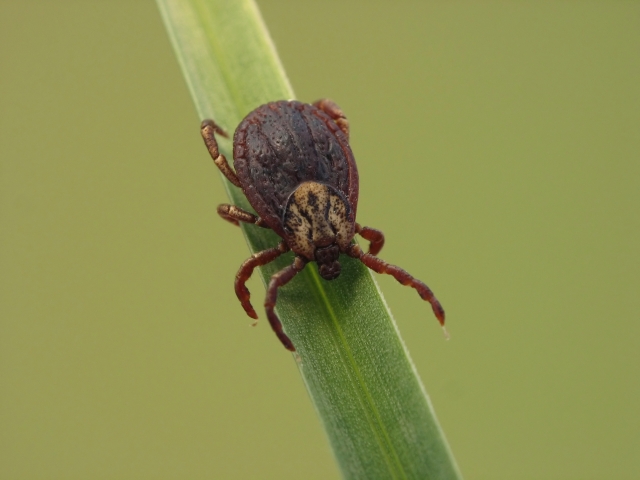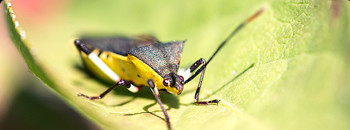
May is Lyme Disease Awareness Month, the perfect time to revisit the cause, prevalence and prevention steps of the devastating disease. According to the Centers for Disease Control and Prevention (CDC), more than 30,000 cases of Lyme disease are reported each year, making it the most commonly reported vector-borne illness in the US.
As the warmer months coax us outside, reducing the risk of tick bites is essential to protecting your family from Lyme disease and its potential long-term, devastating effects.
Lyme disease can cause facial or Bell’s palsy, severe headaches, neck stiffness, and pain and swelling in large joints. However, it’s difficult to diagnose, as symptoms can be attributed to other health problems. Left untreated, approximately 60 percent of Lyme disease sufferers experience arthritis, while five percent develop chronic neurological challenges months or years after the infection.
“Prevention starts with awareness,” says Karen Reardon, vice president, public affairs for Responsible Industry for a Sound Environment (RISE). “Being proactive and careful during time spent outside and with pets can have a significant impact on avoiding encounters with an infected tick.”
Enjoy the outdoors this summer, tick-free, by taking these simple steps to reduce your exposure:
For People
- Avoid wooded areas with high grass and leaf litter.
- Apply repellent to exposed skin and clothing before outdoor activities.
- Bathe or shower right after spending time outdoors and conduct a full-body tick check. Use a mirror to see hard to reach places such as the under arms, belly button, scalp, and behind the knees.
- Look for a red, expanding rash that may result in a “bulls-eye” appearance.
For Pets
- Check pets for ticks daily and remove them as soon as possible.
- Talk with your veterinarian about using tick preventatives on your pet.
- Watch pets closely for changes in behavior or appetite. This may indicate Lyme disease infection.
In Your Yard
- Place a wood chip or gravel barrier between your lawn, patio, and play equipment and any wooded areas. This will restrict tick migration into recreational areas.
- Mow the lawn frequently and keep leaves raked.
- Keep playground equipment and patios away from yard edges and trees. Place them in sunny locations, if possible.
- Pest control products can help protect your family from tick bites and should be applied carefully and according to the label. Consult a professional if you have questions.
This season, take charge of your backyard and learn how to protect your family from ticks and other hazardous pests and weeds. Get more tips to become a “backyard boss” by visiting https://www.debugthemyths.com.

